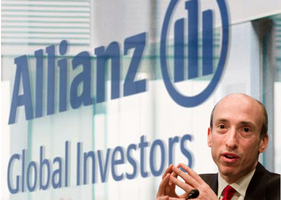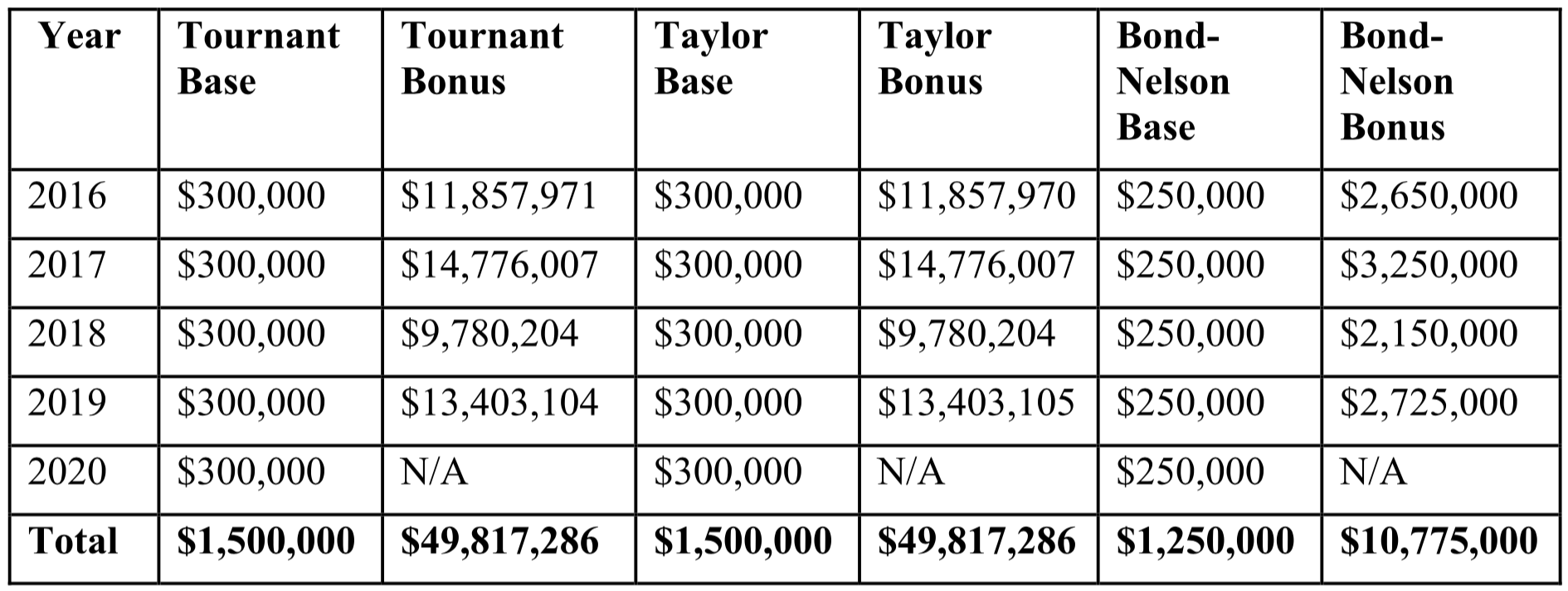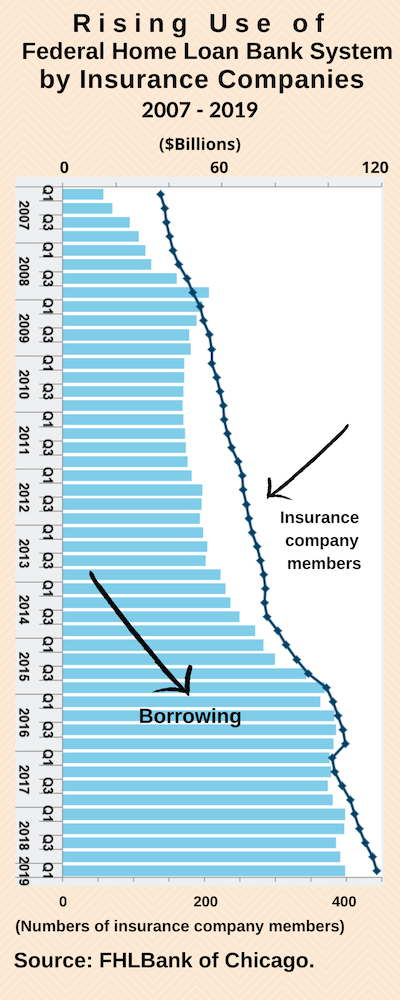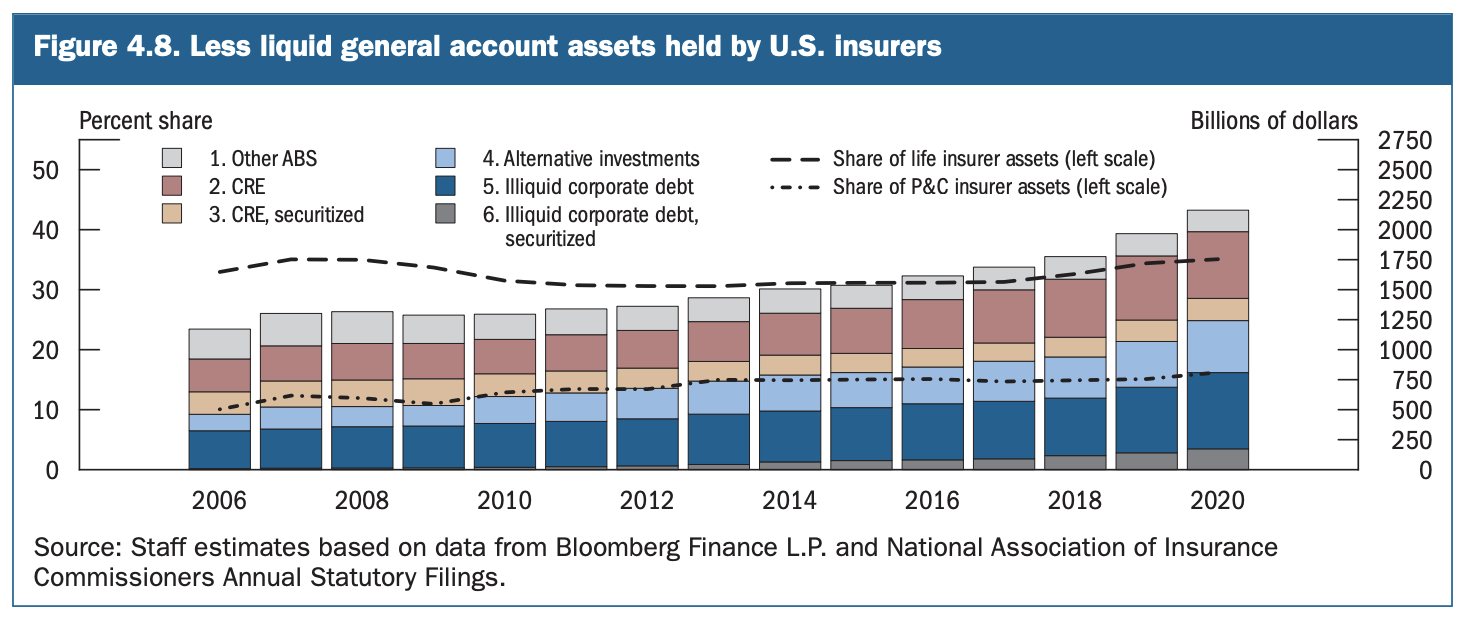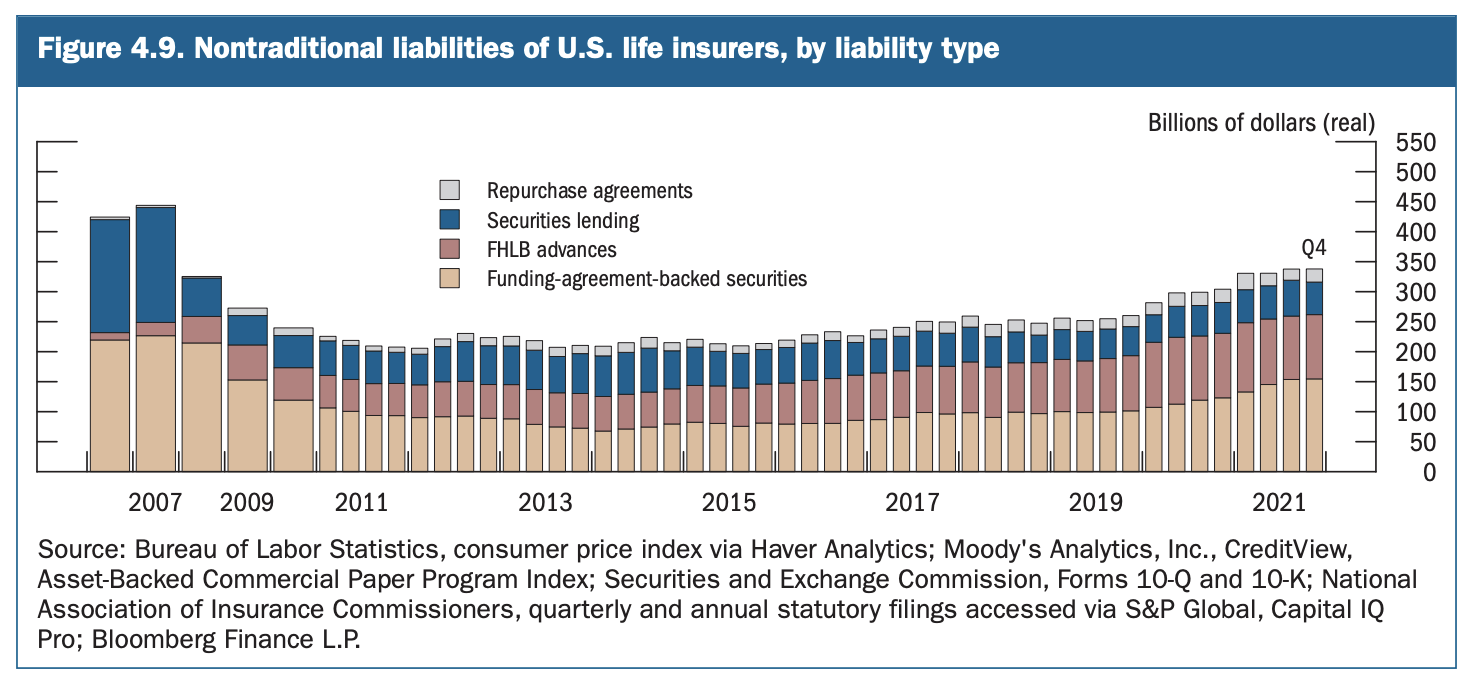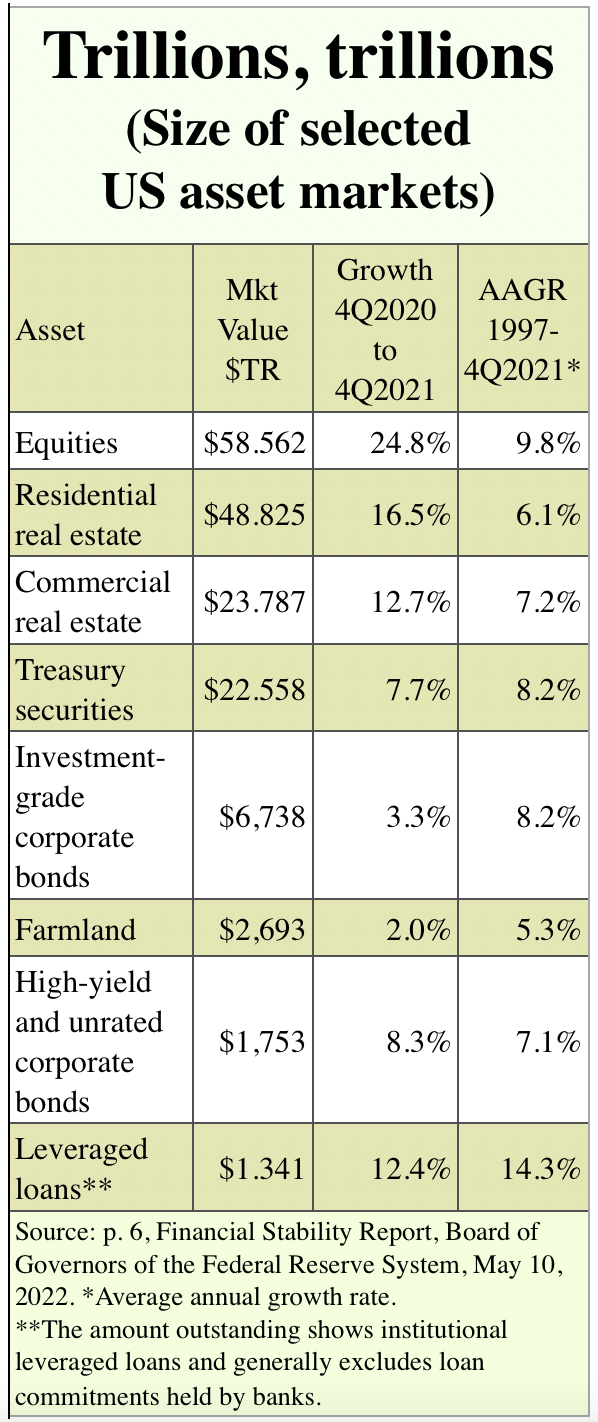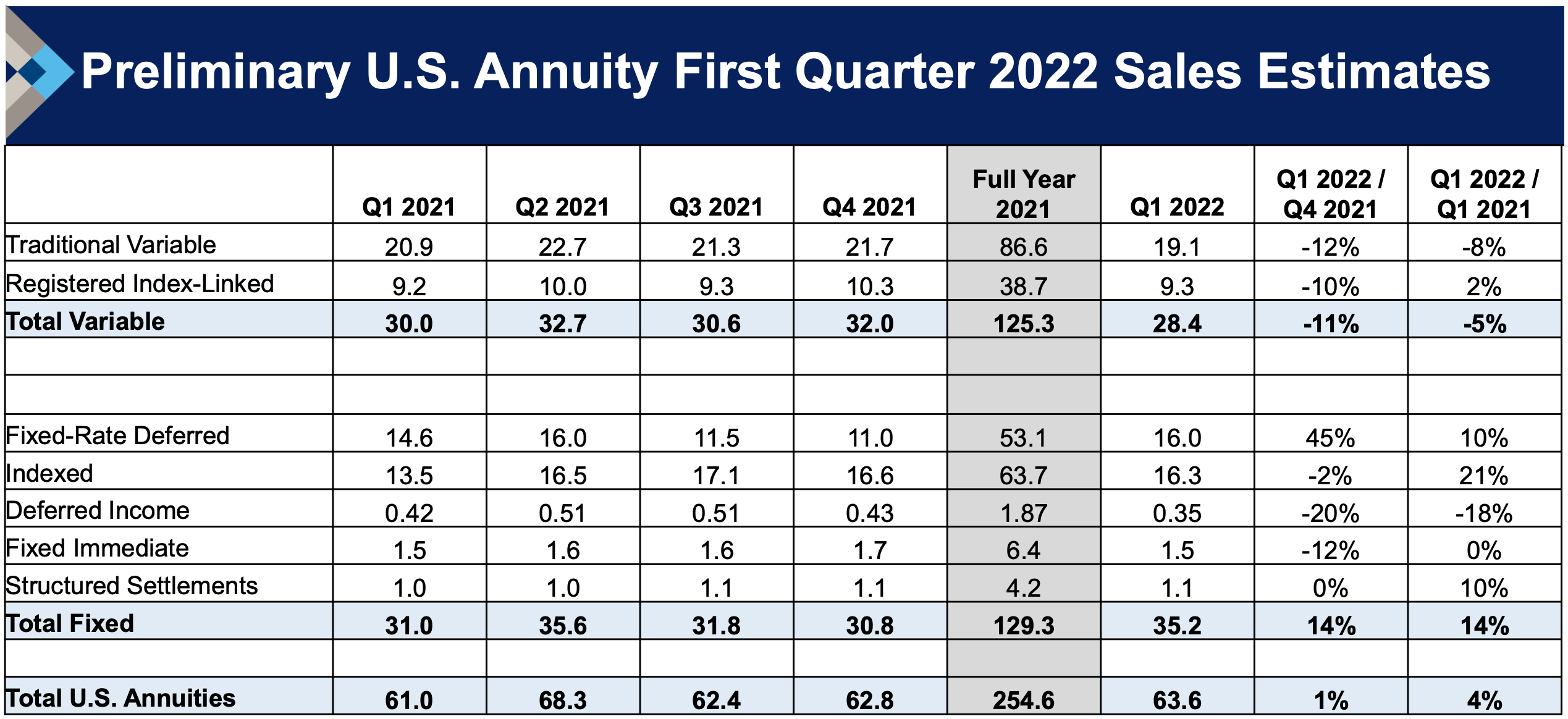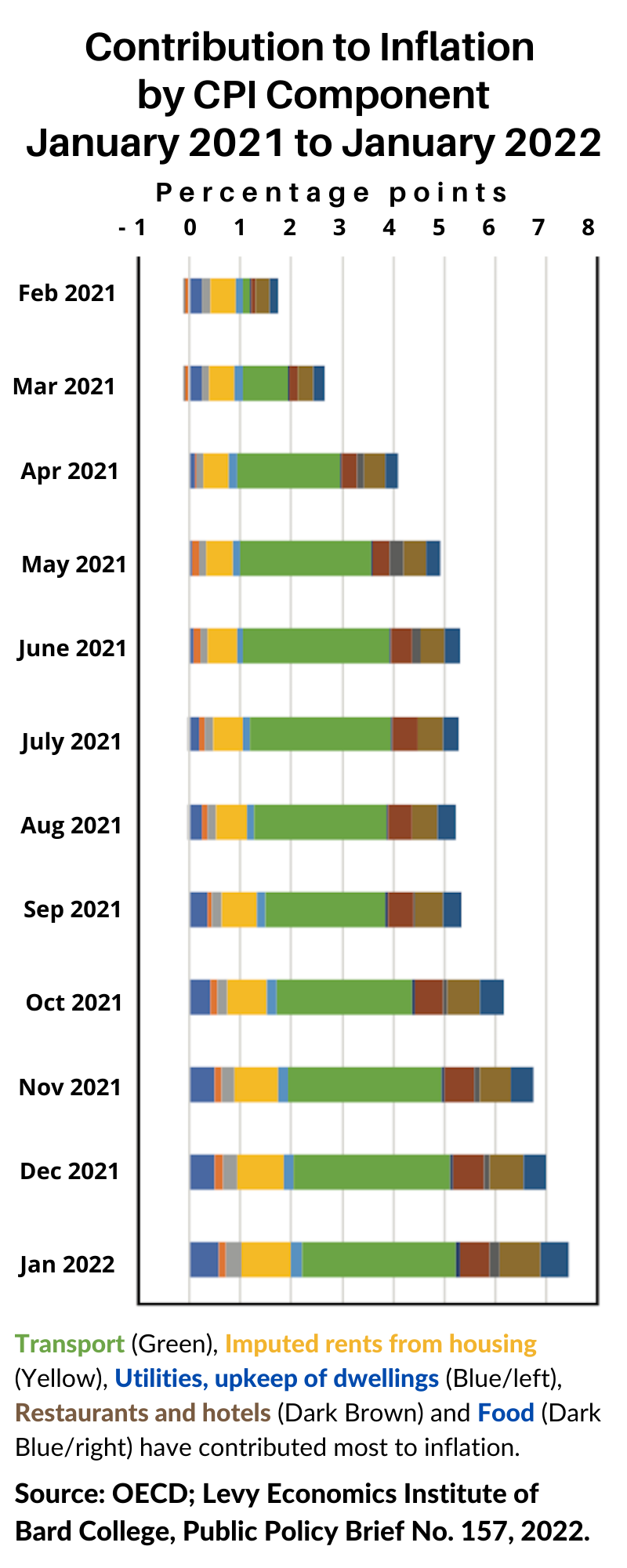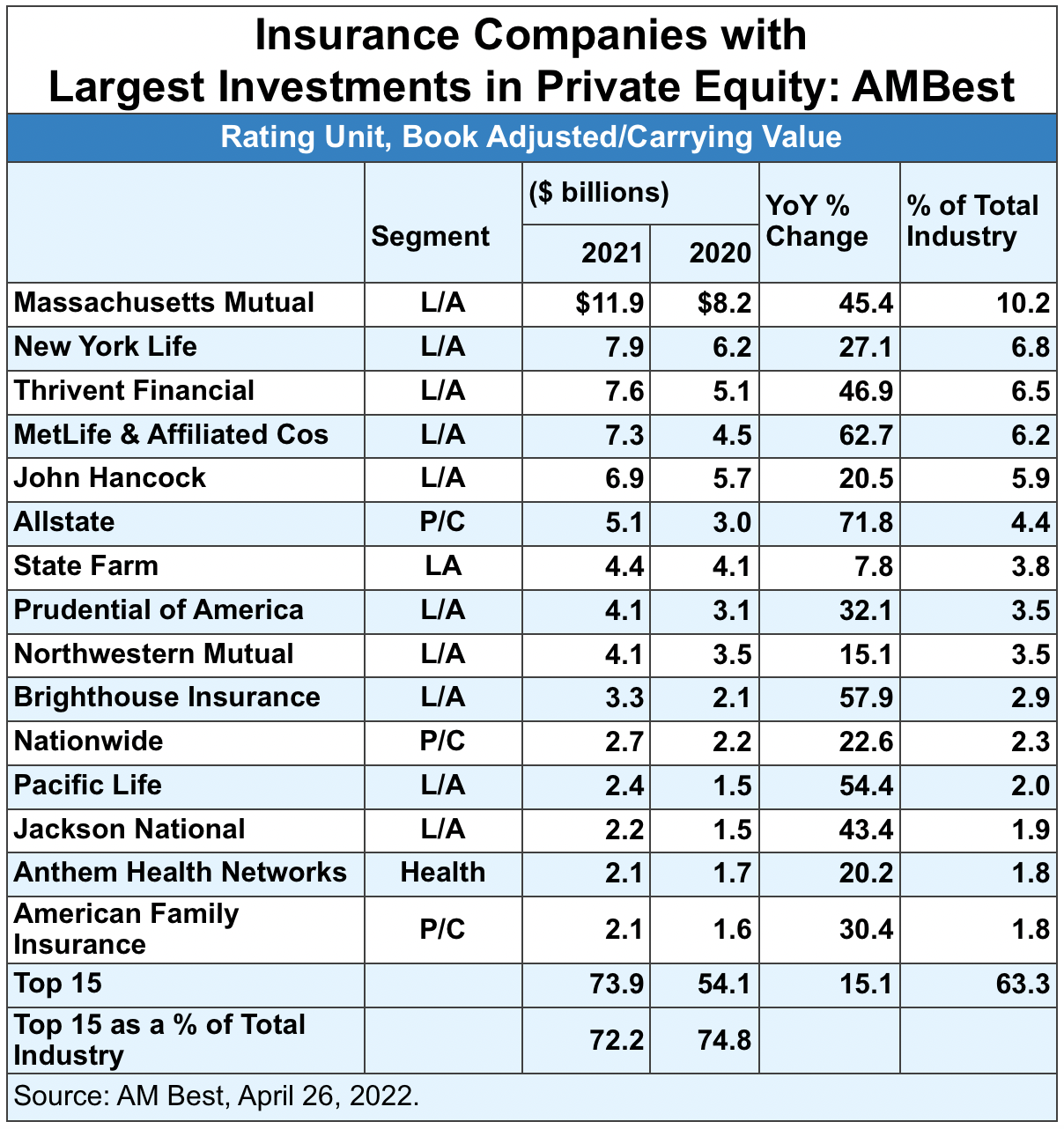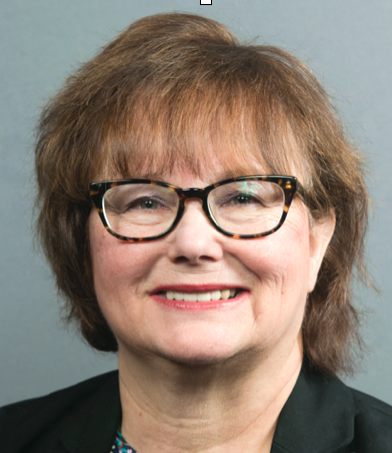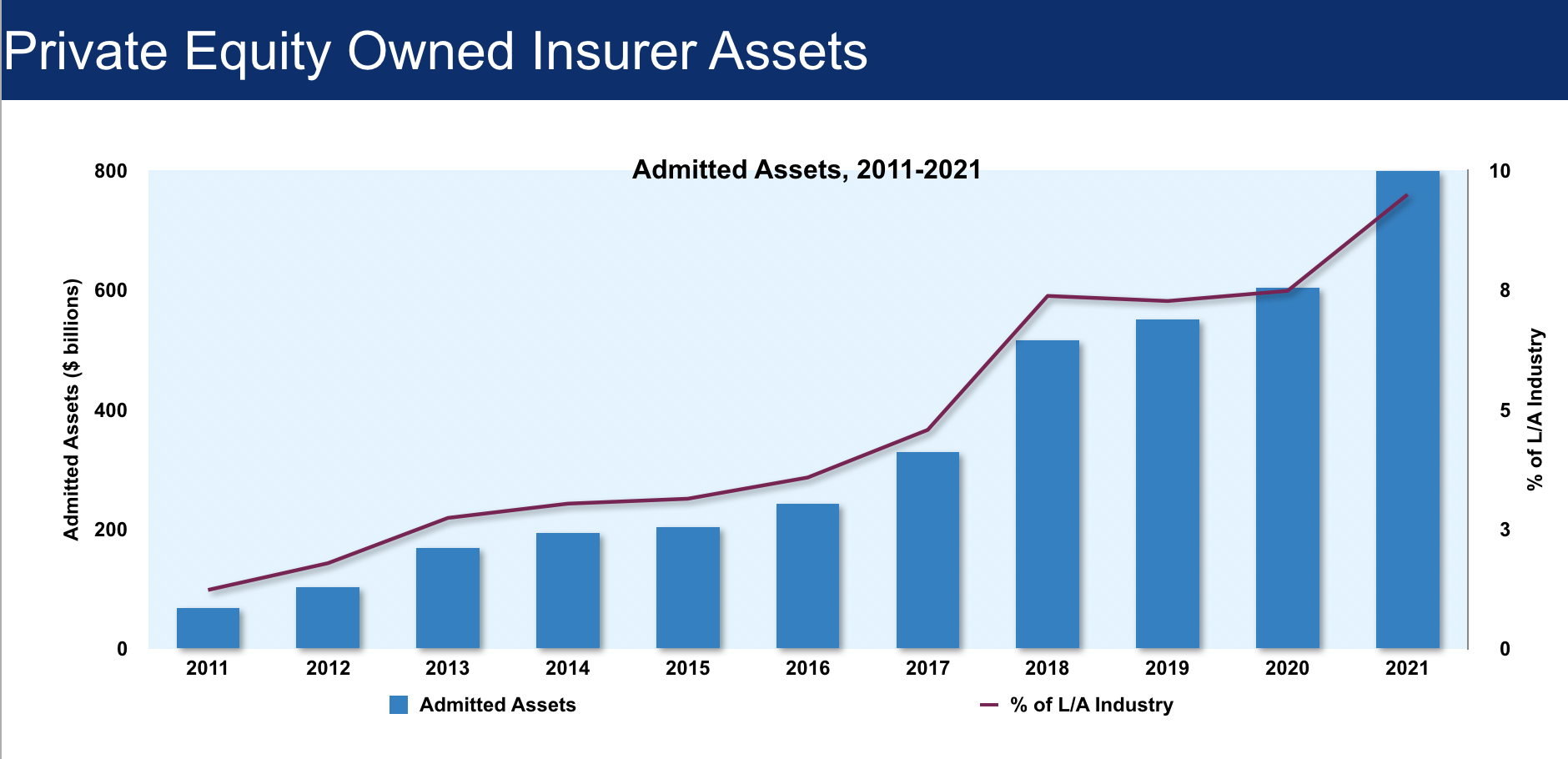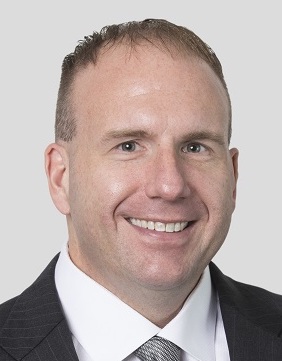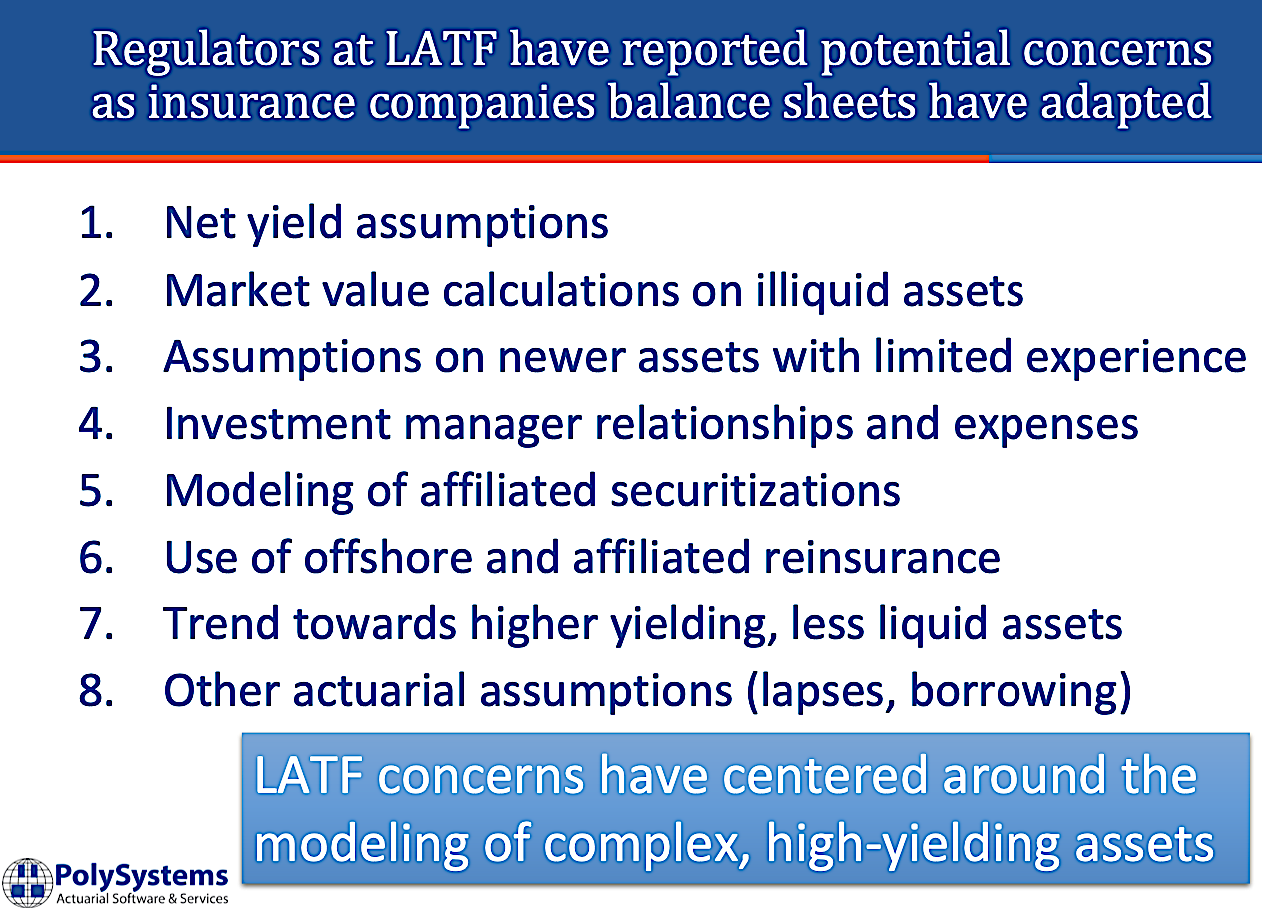
For most investors, the word of the year for 2022 is “inflation.”
Runaway inflation has the Fed playing catch up. It is taking an aggressive, hawkish stance towards rate hikes. This has wreaked havoc in the asset market, beating down both stocks and bonds. Growth equities, which have valuations driven primarily by easy capital from exuberant investors, have seen prices cut by 50% to 80%.
The million-dollar question is whether the end is near? Or is there more yet to come? The key to answering this question is in the Fed’s ability to contain skyrocketing inflation, which now stands at 8%.
Let us examine the two geopolitical events at the core of this inflation. The first core issue is record-high energy and food prices driven by the conflict in Ukraine. Russia is one of the world’s biggest energy exporters and both Russia and Ukraine are two of the biggest fertilizer and food producers. A war between these two countries – combined with global trade sanctions against Russia – are driving up the cost of food, manufactured goods, and shipping around the world.
The second core issue is the draconian Covid lockdown in China. This has substantially disrupted both manufacturing and shipping at the world’s de facto factory. Although these two core disruptors are temporary, the impact of the Ukraine war and China’s lockdowns could persist a long time.
For example, some say the US is committed to fighting Putin so long as the last Ukrainian is standing. But Putin will not back down either. Ukraine has a real chance of becoming a Russian quagmire akin to Afghanistan. That means price increases driven by energy and food will not ease in the near-term.
And unfortunately, the Covid lockdown in China seems poised to extend into Q3 if not Q4 of 2022, as China’s XJP has doubled down on his zero Covid policy. This means massive supply chain disruptions will continue indefinitely, impacting the manufacture of both final consumer products and key components. The port congestion outside China has further increased logistical costs that will, inevitably, be reflected in end consumer prices here in the United States.
Crude has gone from $20 a barrel to $100. Bulk container shipping cost has gone from $2,000 to $18,000. The increase in cost associated with critical production and transportation factors must eventually transmit to higher final prices in your Amazon shopping cart. The fact that prices have not gone up more aggressively is a testament to the skill in cost hedging and inventory management practiced by the different key players in the global supply chain. The Fed ought not be taking credit for that.
It’s hard to say which of these two cores – the Ukraine conflict or China’s lockdown – is the “primary” driver of US inflation. But I can say for certain that the Fed’s hawkish tone and rate hikes will have exactly zero impact on either of these two drivers of price inflation. What we have is cost-driven inflation rather than demand-pulled inflation.
Thus, for the foreseeable future, inflation will remain intransigent and the Fed’s efforts will be futile. Slowing demand by hiking interest rates will have little impact on the high prices. It doesn’t matter how much demand is slowing. So long as the cost of inputs remain high, prices on the shelves will remain high; no one is in the business of selling for a loss. In the meantime, we will all experience the unintended consequences of continued rate hikes.
Asset prices will decline automatically as discount rates rise. This will create a meaningful negative wealth shock, which we have already seen. The high cost of capital also means less investment while we are already facing insufficient production. We already have a global slowdown driven by war and Covid; to further compound the shock with higher capital costs and reduced liquidity only adds insult to injury.
Worse yet, the impact of rate hikes on inflation will be more muted than people expect for the reasons already explained above. All of this points to the risk of the market losing confidence in the Fed as it claims mastery over inflation only to lose the fight against a cost-pushed price increase. There is an added risk that the Fed will double-down on its rate hike, pressured by populist politicians who watched a YouTube on the right way to beat inflation. A Volcker-esque approach will surely exacerbate what is already unnecessary self-harming. It is hard to predict how much damage could be inflicted before the Fed and the politicians breathing down its neck pursue an alternative route.
For certain, there is some justifiable populist anger with the low interest rate environment created by the Fed, which has led to record real estate prices and record stock prices; this policy has benefitted the wealthy while meaningfully disadvantaging less affluent families and retirees, who depend on interest income from bank deposits. However, lower rates and easy liquidity, while the root cause of many silly bubbles now blowing up in our face, is not at the heart of our current rising prices. Japan, which has been engaged in the world’s longest and biggest money printing experiment, has decidedly pledged to not raise rates to deal with the very same cost-push inflation that it also faces. Let us not be quick to assume that Japanese central bankers are dumber than our Fed. Japan might know a few things we can learn from.
The forthcoming global stagflation, where growth stalls and inflation is high, will be a “never-market” condition that is unprecedented for this generation of US investors and policymakers. You’re damned if you hike rates and you’re damned if you don’t. So, what does all this mean? It means a prolonged period in the United States of policy bickering and finger-pointing. Our politicians and central bankers have not dealt with this before. They don’t have the right answer even if they have to promise a quick solution for the sake of politics. The result will be economic molasses.
This may sound pessimistic, but the impact on you personally will depend on your time horizon and the overall diversification of your portfolio. Do you have a globally diversified portfolio that will withstand policy missteps here in the US? Or are you all-in the US because it has been the best performing market in the last 10 years? Or perhaps are you aggressively buying on the dip the battered tech darlings, as they make new lows (because they have to come back, right)?
It would be hubris to assume that our democracy must always lead to a world-beating outcome for our stock market. We are quick to criticize others’ regulatory and fiscal missteps, but it would be foolish to imagine the US Federal Reserve and our other institutions are not similarly capable of self-harm—out of ignorance, hubris or politics. It’s impossible to predict what will happen next. But I hazard to guess the worst is not yet over in the United States.
Jason Hsu is founder of and chief investment officer of Rayliant Global Advisors. This article first appeared as a post on LinkedIn.

